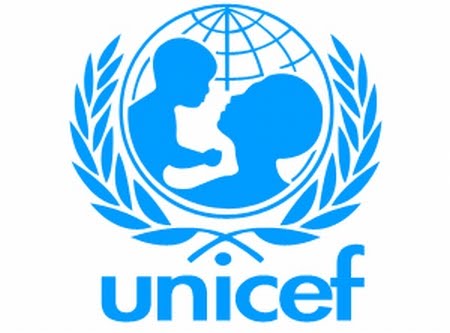Baku, Azerbaijan, June 30
Trend:
Children in Central and Eastern Europe and Central Asia are paying the price for uneven and unfair progress across the region – they are more likely to be poor and more vulnerable than adults, UNICEF said at the launch of a new report.
The State of the World’s Children 2016 – A fair chance for every child, UNICEF’s annual flagship report, outlines tremendous progress for children globally. But the report notes that 69 million children will die from mostly preventable causes, 167 million children will live in poverty and 750 million women will have been married as children by 2030, the target date for the Sustainable Development Goals, unless the world focuses more on the plight of its most disadvantaged children.
In this region, progress has not been even or fair. Children are bearing the brunt: they face greater chances of living in poverty than adults. This is the case even in most European Union countries though the risks are greatest in Eastern Europe. Refugee and migrant children on the move and seeking asylum in Europe are among the most excluded in society.
“Countries in the region are faced with a choice – those that invest in the most marginalized children today by setting targets to reach the unreached will reap the rewards tomorrow. Those that do not will grapple with divided and unfair societies held back by uneven progress,” she said. “Inequity is not inevitable, we can chose to fight it,” said Marie-Pierre Poirier, Regional Director and Special Coordinator for the Refugee and Migrant Crisis.
Children from marginalized communities, particularly the Roma population across Europe, face serious health inequities. As of 2012, only 4 per cent of Roma children in one country in Southeastern Europe had been fully immunized, compared to 68 per cent of non-Roma children.
In all, the region has 12 million children of secondary school age who are out of school, with adolescents from the poorest families and from ethnic and linguistic minorities among those at greatest risk of leaving school early. Poverty and deprivation also push children into institutional care. Around 1.3 million children region-wide grow up in formal care: half of them in residential institutions that can harm their health, development and prospects. Reforms are underway and new services are providing alternatives to institutional care, but children with disabilities have been least likely to benefit.
Many countries in the region are tackling these issues and are developing social protection for children, often with support from UNICEF and its partners. State-subsidized health insurance schemes for vulnerable groups that provide children with free health care are emerging in, for example, Belarus, Croatia, Romania and Serbia.
In the former Yugoslav Republic of Macedonia, Romania and Ukraine, Roma health and community mediators are helping Roma people access a range of services. In Kyrgyzstan, a campaign informed tens of thousands rural people about the benefits available to them via community-level actors and local radio.
In Montenegro, a public awareness campaign has changed attitudes to education for children with disabilities: a 2015 poll found that 78 per cent of Montenegrins supported inclusive education, up from 35 per cent in 2010.
The rise of digital and mobile technology and other innovations have made it easier for vulnerable children and families at risk of separation to receive support services.
According to the report, achieving equity for children is a question of priorities, recognizing both the moral and strategic importance of investing in those in greatest need. This includes:
· Dismantling barriers and bottlenecks including social norms that keep children from the support they need and block their access to critical opportunities and services
· Translating commitment to action through, programmes and public spending to improve the lives of the most disadvantaged such as children with disabilities, children from Roma families and children from poor families. This includes improving and expanding social protection for vulnerable children.
· Governments and donors investing in child-focused policies.
· Committing to putting an end to conflict and violence that affects children, including refugee or migrant children who have had to flee war and conflict or economic hardships.
Editor’s note:
A regional brief based on the report and focusing on progress, challenges and set of recommendations for countries in the region is available at: bit.ly/SOWC2016RB
Multimedia assets are available for download from: http://weshare.unicef.org/Package/2AMZIFFS4KH
About UNICEF
UNICEF promotes the rights and wellbeing of every child, in everything we do. Together with our partners, we work in 190 countries and territories to translate that commitment into practical action, focusing special effort on reaching the most vulnerable and excluded children, to the benefit of all children, everywhere. For more information about UNICEF and its work visit: www.unicef.org/ceecis
For further information, please contact
Kristen Elsby, UNICEF Geneva, [email protected], +41 79 938 82 73






